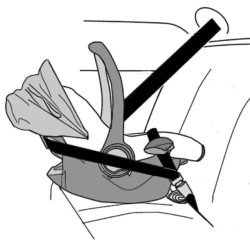At the Transporting Students with Disabilities and Preschoolers (TSD) Conference in March, Charley Kennington, of Innovative Transportation Solutions, and Kathy Furneaux, of the Pupil Transportation Safety Institute, discussed an important aspect of transporting groups of children: having a plan for how to get all students off the vehicle quickly in an emergency. When a school bus carries children who ride restrained in five-point harnesses, you can readily see how important it is to practice and prepare for emergency evacuation. In fact, knowing how a child would be evacuated in an emergency should be considered as important as learning how the CSRS is installed.
Read More from “School Bus Evacuation of Students in CSRS Requires Planning, Training”







